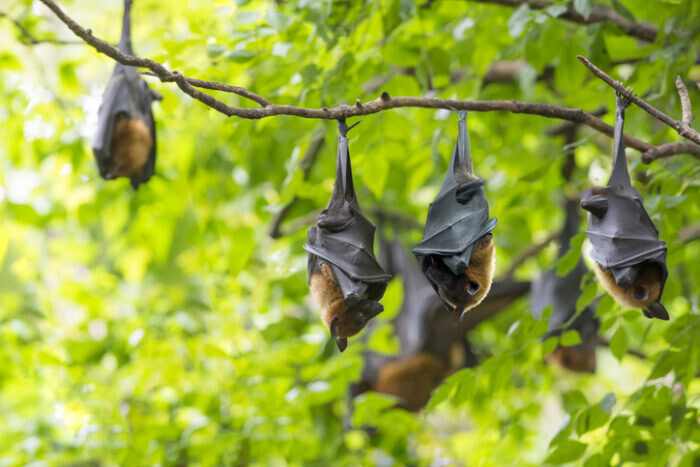
A recent study published in Science has revealed that bats possess an extraordinary ability to navigate, even over long distances. Researchers discovered that these nocturnal creatures can accurately pinpoint their location while on the move and return to their roosts from several kilometers away.
Unraveling the Secrets of Bat Navigation
A joint research team from the Max Planck Institute for Ornithology, the University of Konstanz, Tel Aviv University, and the Hebrew University of Jerusalem studied the common pipistrelle (Pipistrellus kuhlii) in the Hula Valley, Israel. By attaching GPS trackers to these bats, the researchers conducted various experiments to analyze their navigational abilities.
The results were astonishing. The bats were able to return to their roosts swiftly, even when released in unfamiliar territories. This suggests that bats can use acoustic cues from their environment, such as echoes from trees or roads, to create a mental map and navigate towards their destination.
A Combination of Sight and Sound
Interestingly, the study also found that bats utilize both visual and auditory cues to enhance their navigation. By combining information from their eyes and ears, bats can more accurately determine their location and reach their destination efficiently.
Implications for Science and Technology
This research provides compelling evidence that bats possess a highly sophisticated navigational system. The discovery not only highlights the remarkable abilities of these creatures but also has broader implications for fields such as artificial intelligence and robotics. By understanding the mechanisms behind bat navigation, scientists may be able to develop new technologies for autonomous vehicles and drones.
Key findings from the study include:
Bats can create detailed mental maps of their environment using acoustic cues.
Bats combine visual and auditory information to enhance their navigation.
The study has implications for various fields, including robotics and artificial intelligence.
This groundbreaking research offers new insights into the cognitive abilities of bats and underscores the importance of studying these fascinating creatures. As we continue to explore the natural world, it is clear that there is still much to learn about the intricate ways in which animals navigate their surroundings.
[Copyright (c) Global Economic Times. All Rights Reserved.]



























